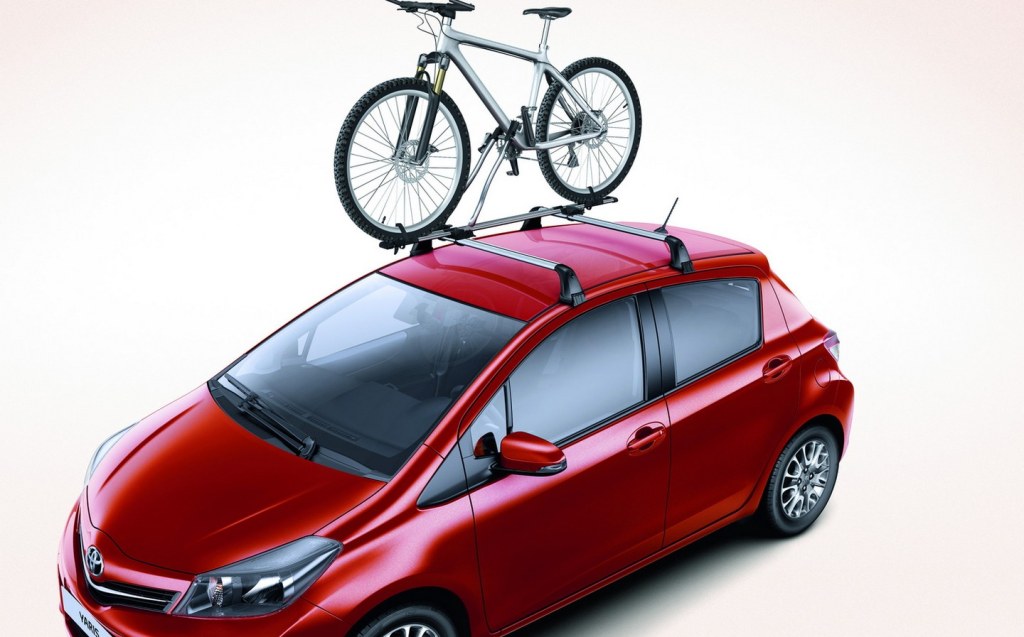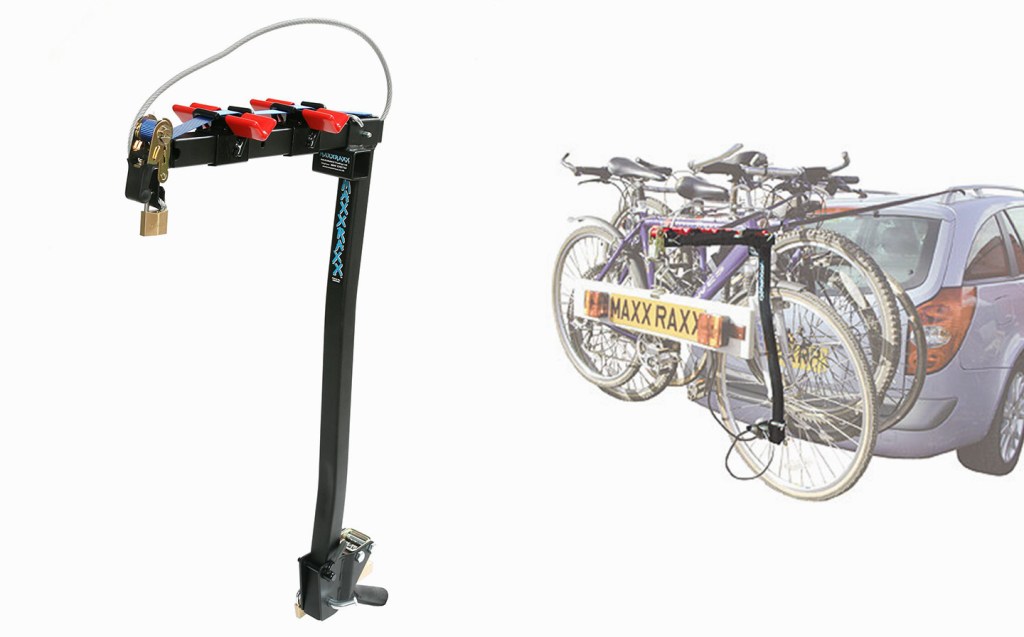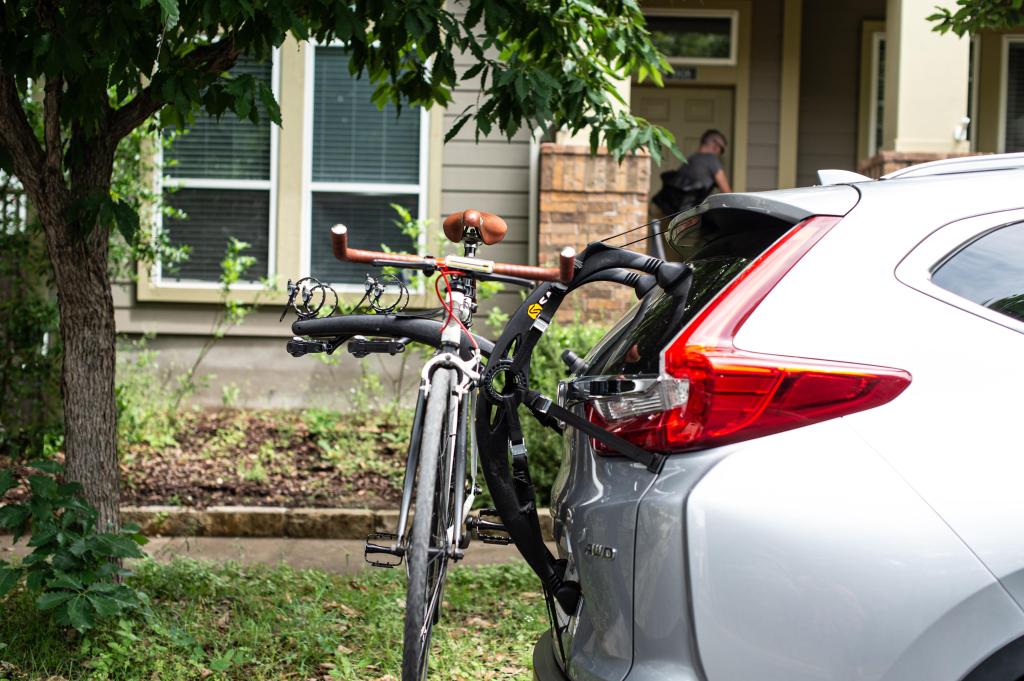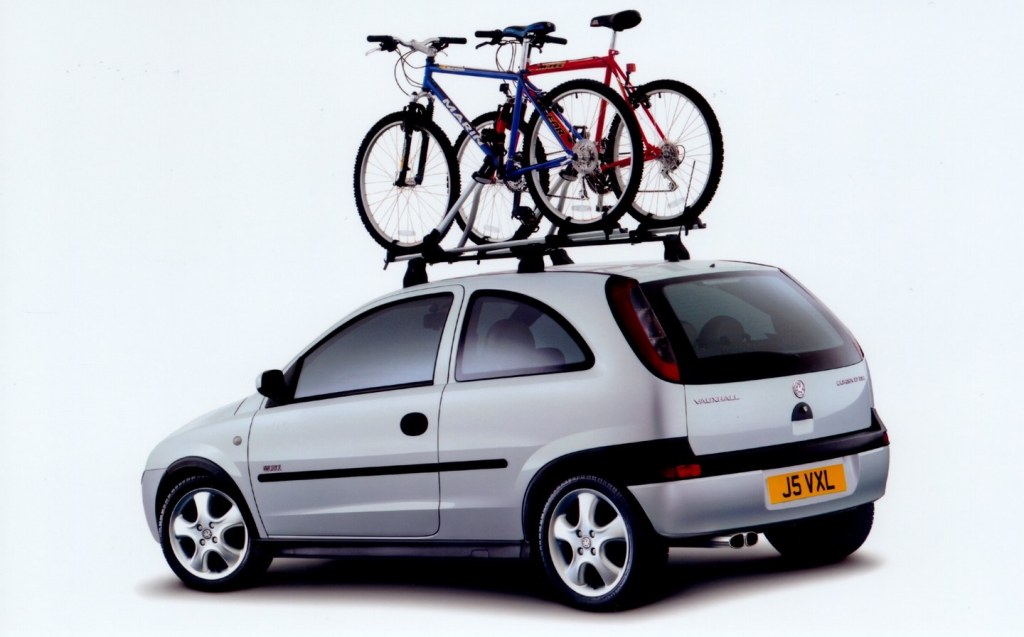What’s the best bike rack for my car?
We explain the main types as well as the advantages and disadvantages of each
Cycling has been booming in popularity for a number of years and many riders, from amateur to elite, may be looking for the best cycle carriers to take their bike to interesting locations away from home by car.
Whether you want to get to a muddy trail not far from the house or as a way to explore a UK or continental holiday, you may be wondering what type of bike rack is best for your car and your needs.
With a number of assorted styles from which to choose, what are the advantages and disadvantages of each, and which one is best for you? Our guide to bike racks should help you make the right choice.

What to consider when choosing a bike rack
It isn’t just a case of picking the first one you find: there are a number of factors to bear in mind when choosing a bike rack.
There are three main types of bike rack:
- Towbar-mounted racks
- Roof-mounted racks
- Boot-mounted racks
The type of vehicle for which the rack is intended is all-important. For example, SUVs, vans and some MPVs (what we used to call people carriers) can be tall, so it may be difficult to lift bikes onto the roof and secure them there. Plus, it may make it impossible to enter car parks, or pass under low bridges and coach houses. In these cases, a rear-mounted rack — fixed to either on the towbar or boot — is essential.
Even if height isn’t an issue, you may want to use the roof space for luggage, which would again make a towbar- or boot-mounted rack the best option.
Another consideration, though, is that some bike racks may not allow easy access to the boot, which can be a pain on a driving holiday.
You may also legally require a lighting board and an extra number plate if the rear-end of the car is obscured by a towbar or boot-mounted rack, which means some extra paperwork and effort. It’s not too hard, but requires extra time.
Not all bike racks (particularly the strap-on variety) will fit all cars, so it’s important to make sure that the one you’re choosing fits your particular model. Most reputable retailers will help you with this — Halfords, for example, has an online suitability checker.
The bikes to be transported are another thing to consider. If they’re electric bikes or just particularly heavy, do check the maximum weight of the rack you’re thinking of buying, and the load capacity of the towbar if you’re using one of those.
If one or more of your bikes is a step-through model or kids’ bike, you may also want a type of rack where the bikes stand on their wheels (platform rack) rather than designed to allow the bikes to hang from their crossbar, though there is a way to make those types of bikes compatible. Read on.
Towbar-mounted racks
You might not believe a four-bike rack can balance on a towbar ball joint, but the ones we’ve tested in the past lock on with a vice-like grip and have proved absolutely secure, even on motorway journeys of more than three hours. Some are easier to attach and remove than others, though, and features vary.
Towbar racks come in two forms:
- Platform carriers involve the bikes standing on a base with the frames then secured in place with locking arms
- Racks from which the bikes hang by their frames.
Both have their own advantages and disadvantages.
Towbar platform racks

Advantages: Towbar-mounted platform secure the bikes slightly better than hanging racks as they are fixed in place at both the wheels and the frame.
By mounting to the towbar rather than the car’s bootlid, damaging the bodywork is unlikely, and compared with roof racks, it’s much easier to load and unload the bikes. You should get slightly improved fuel economy on motorways, compared with roof racks, as there’s less aerodynamic drag.
Some models can be tilted and angled in such a way as to allow boot access without removing the rack from the car.
As for legal requirements, towbar platform racks often have an integrated number plate and lighting board.
Disadvantages: Generally, towbar-mounted platform racks are the most expensive type of bike rack.
They also, obviously, require the fitment of a towbar, which you must make sure is carried out professionally to withstand the kinds of loads required — a bodged weld could mean it and your precious bikes end up dropping off while on the road, which could also be extremely dangerous for other road users.
And if you want to pull a trailer or caravan, this is not an option, of course.
Where to buy towbar mounted platforms:
Towbar hanging cycle racks

Advantages: Towbar racks from which bikes hang by their top tubes are usually cheaper than the platform kind. They’re also fairly easy to fit and quite secure, and can sometimes be tilted backwards to allow access to the boot.
As with other rear carriers, fuel economy on motorways should be slightly better than for roof racks, as there’s less drag.
Disadvantages: As with the platform rack, these preclude drivers from towing trailers or caravans at the same time and again, if your car doesn’t already have a towbar fitted, it’s not just a quick, cheap DIY job to have one attached.
Light bars may need to be purchased separately (you will need one), along with another legal registration plate.
Where to buy towbar hanging racks:
Boot-mounted cycle carriers

Advantages: These are usually the cheapest and least-involved option with no special fittings or mounts required. Not only are they easy to fit and remove, but securing and removing bikes (usually by their top tubes) is a fairly straightforward process.
And again, fuel economy on motorways should be better than for a roof rack due to the bikes not creating so much aerodynamic drag.
Disadvantages: For all their simplicity, strap-on racks do come with quite a number of cons. For starters, it’s important to choose the right one to fit your car, if indeed your car is compatible with a strap-on rack — many aren’t.
It may be difficult to fit smaller bikes or step-throughs without a top tube, though separate crossbar add-ons may make bikes compatible.
Pads and clips have the potential to cause damage to the car’s paintwork, while strap-on racks may also prevent access to the boot.
If obscuring too much of the car’s rear-end, a second number plate and lighting board may be needed.
Where to buy rear mounted bike racks:
Roof-mounted bike racks

Advantages: Roof-mounted cycle carriers allow you to carry as many bikes as the rack or your roof can fit, and it may be possible to pair a couple of bikes with a narrow roof box if extra storage is needed.
Lighting boards, secondary number plates and boot access aren’t issues as the bikes are generally well clear.
Compared to towbar-mounted bike racks, roof-mounted ones tend to be quite a bit less expensive, too.
Disadvantages: Lugging bikes onto the roof of a car may be too physically demanding for some to accomplish, particularly if they’re e-bikes or if you have a high-riding crossover or SUV.
Drivers will also need to keep in mind the height of their vehicle in a way they otherwise wouldn’t such as when entering car parks with height restrictions.
Carrying a bike in this way is also the least aerodynamic option as it massively disrupts airflow, and if you’re regularly making longer journeys it’s worth considering whether the extra cost of a good towbar-mounted rack can be offset by the savings in fuel consumption. Roof-mounted racks also usually require the fitment of roof bars or a roof rack and if these aren’t easily removable, even driving with an empty roof rack can increase fuel consumption by around 16% at motorway speeds.
Where to buy roof mounted bike racks:
Related articles
- If you found our guide to the best bike racks interesting, you might like our series of Car Clinic advice articles
- And don’t miss our guide to what to do if you put the wrong fuel in your car
- Did you hear that the new Range Rover plug-in hybrid will come with up to 70 miles of electric range?








